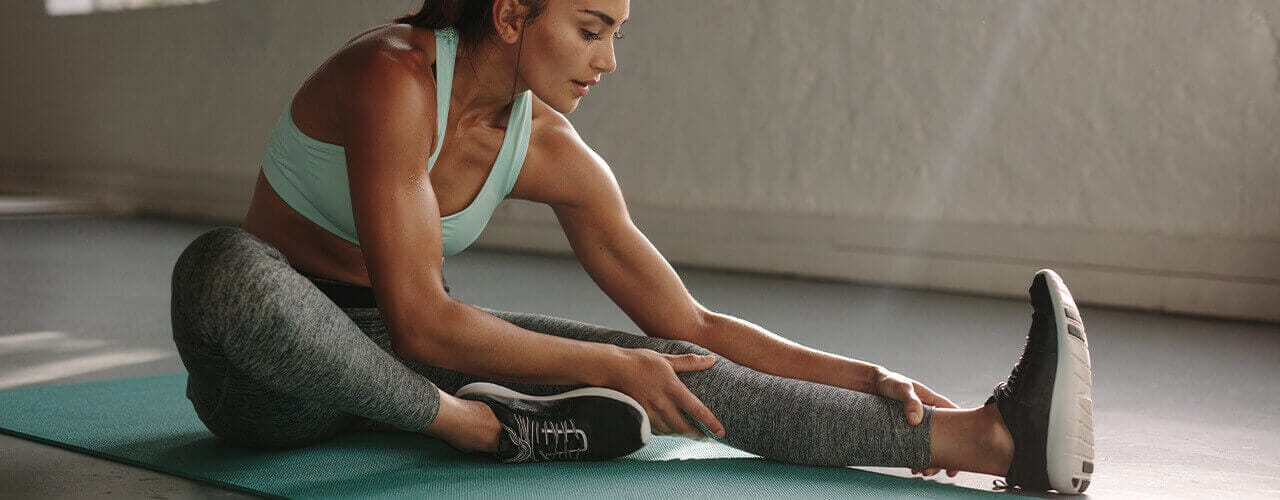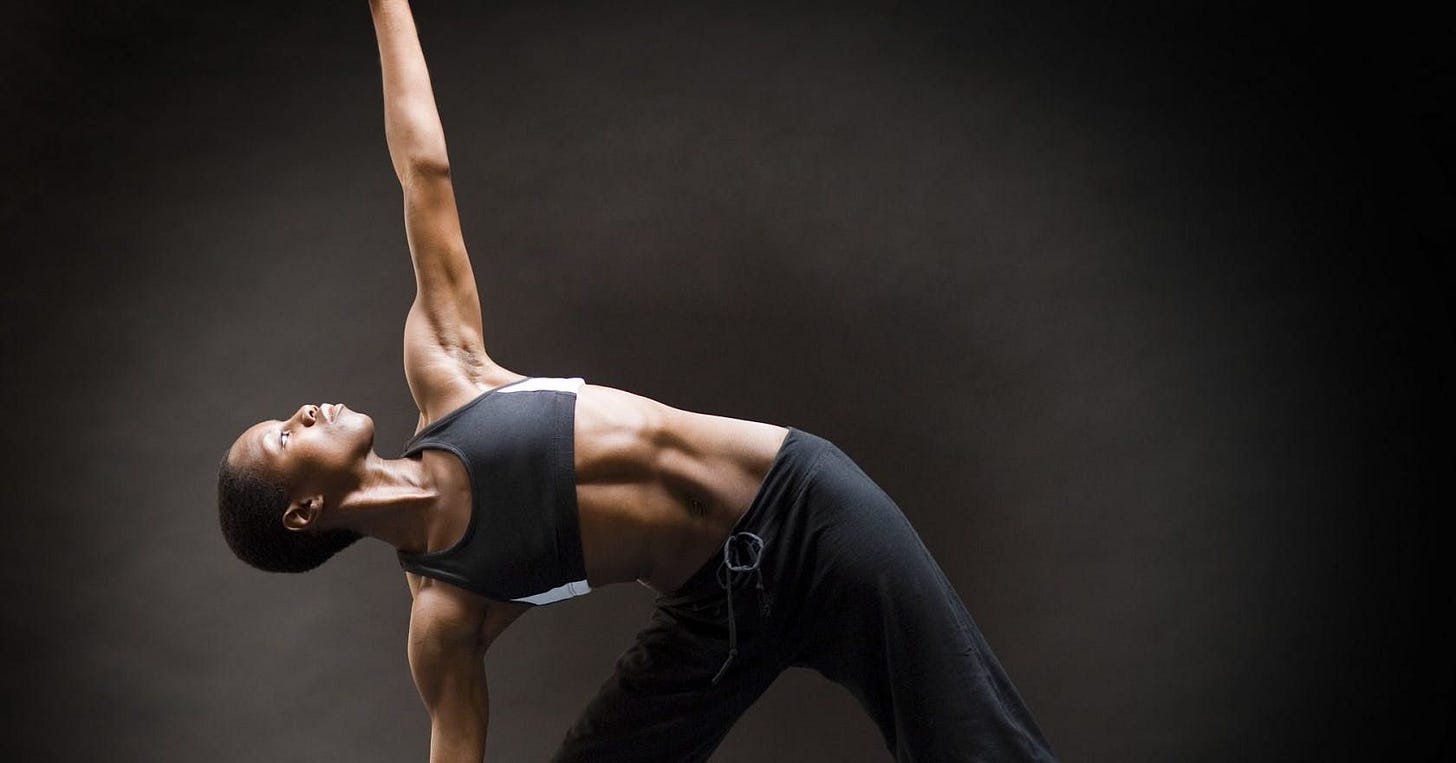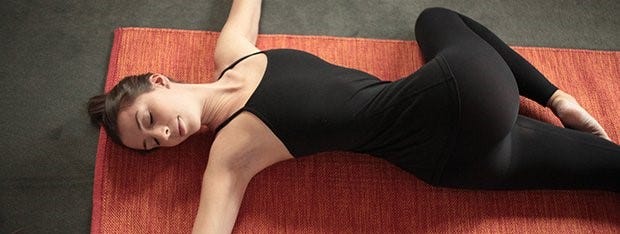Recovery
For when you're not exercising
For those that follow me on here, you shall know my writing schedule by now. I post about food, fitness, and mental might. In that exact sequence. In the fitness department, I've talked a lot about different exercises one can do. From aerobic, or cardiovascular orientated work, to anaerobic work such as weight training. Including a mixture of the two. Lots of words dedicated to how all this type of fitness work can benefit your life.
We are in the part of the sequence now where I am scheduled to write about some fitness thing. But, rather than introduce to you a new sort of exercise you can do, I'm going to talk about a less popular topic. But just as important.
Recovery.
Movin' your body to keep your physical health and fitness up is awesome. However, you can't expect to do this willy nilly. A plan must be in place to allow your body a rest period. It needs time to heal from all the intentional load and stress you've put it though. Yes yes, exercise is careful, intentional, and methodical stress you put your body through. It forces your body to become accustomed to said physical stresses. And because you are doing it in a controlled manor, you'll be virtually eliminating the onset of serious long lasting injury WHEN a recovery plan is enacted.
Another big part of this intention is taking time for your body to heal. As in rest. To back track a little, your muscles are comprised of a bundle of muscles fibers. Kinda like a bundle of rubber bands if you will. Unlike a rubber band however, one strand of muscle is able to contract (and perhaps expand) on demand. Most of us know by now that when we exercise, we are intentionally breaking down the muscle fibers. During the healing process is when they will repair themselves. Not only will they come back better than before, they typically will be larger in size. For this to happen at all, quality rest is important.
What sparked me to write this was a YouTube video that I came across. It was podcast style made by three so called experts like myself whom actually had a large following, unlike myself, and seem to be part of the larger fitness industrial complex. A consortium I do not follow or prescribe too. So, this said industrial complex is all the people and entities that start out in good faith providing fitness services to people who are so inclined. Yet, over time, become greedy and only tell people they want to hear while pushing products people don't really need. All in the name of profit. All in the name of greed. To what degree these people were part of this world I am not sure, I was only focusing on the question someone wrote in. Less the hosts combined advice.
This man, of unknown experience level, said he was doing 1.5-2 hours 5x a week of crossfit while feathering in a heap of cardio to boot. The nature of the call was based on him complaining that he was not losing body fat. To do this at all told me that he is probably relatively new to fitness. The hosts, not so incorrectly, mentioned that his body was most likely in a state of shock. A sort of fight or flight mode where it is saving its fat for survival. For it was not used to the high levels of physical stress. As indicated, I agreed to a mild extent. Yet, as time passed I couldn't help but think to myself that professional athletes train 2x, or even 3x a day, day in day out, and are deplete of any issue with excess body fat. To me, as this guy is a non-athlete like myself and most everyone else, he is over training. But, I think what is missing from his routine, is a solid recovery scheme and patience.
Oh, interesting to note that these podcast fitness jockeys never once asked their callers, or people who wrote in, what their diets were like. In other words, how and what these people ate every day. It was all about working out, body fat, and how you'll look when you train HARD and LOOSE as much body fat as you can. Nothing of the health benefits from fitness and proper nutrition. This notion is how I define a new word I made up called...STOOPID.
I digress.
Anyways, back to the recovery. It boils down to a few things. Firstly is how you address your workouts. IE, how you warm up your body, and cool down when your all finished. Secondly, it IS about what you eat. In short, finding the correct amount of calories, macro balance, all while being as nutritionally dense and possible. Thirdly, how it is you go about limiting and shedding mental/emotional stress. And lastly, SLEEP. All in no particular order but I will address these in sequence.
For this post, I will focus on one's warm up and cool down after a workout.
When I am approaching an aerobic sort of workload. Such as playing a sport which for me is playing soccer, or kickboxing, or cycling, I stretch before and after each session. This includes manipulating my spine by twisting about my waist, self-adjusting my neck sans any hand manipulation, and trying to make my shoulder blades touch. The stretching of one's muscles is basic sort of fair that we would have all learned in gym class during our elementary school days. The manipulating of my spine is me own concoction. Why...? Well I spent a lot of time seeing chiropractors many years ago and took mental notes. Before I engage in movement, I make sure my spine is as aligned as I can get it. After I am finished, I do it all over again for the same reasons. It takes only a couple of minutes but it does help me.
The stretching is used to relieve any localized stressors in the targeted muscle groups. Such as knots or tension that may have built up do to any physical or mental discomfort that shows up in your tissue. Perhaps you've had a bad argument with a close friend or loved one and your body has tensed up with the stress amid the aftermath. Or you were sat in an awkward position for an extended period of time. Stretching can help sort your body back out by gently applying force in the direction of expansion of said muscle group. This can pull out the tension, warm the tissue up, and increase blood flow all at the same time. Coaxing the tissue back to life, preparing the tissue for use.
During the exercising, your muscles will develop stress and tension all over again, so by stretching afterwards you will relieve all of it so you will not carry this tension in your body for hours and hours after you've finished. This is extremely important.
Ditto for spinal alignment after your exercise is done. Literally copy and paste everything I said of stretching here as the reasoning for it all.
Here is what is at stake if you don't do this.
In your muscles, tension that will not go away may develop into a low-grade muscle strain or pull. Without giving this strain time to heal, it can develop into a muscle tear. Trust me.
In your spine, tension and stress that causes a minor misalignment that goes uncorrected over time will become more pronounced and become stuck. At which point you will need a chiropractor to put your spine back into alignment. Not only to alleviate the pain and discomfort. But to maintain/improve mobility and range of motion. I have had to go this route many time. However, they are expensive so I try to do as much as I can myself.
For anaerobic exercise, such as weight training, I do not stretch before. Rather I opt for a lite warm-up. For instance, if I squat, I start off with one set of very light weight. If I bench press, the first set is of light weight. You get the picture. Other than this, what I do find myself doing is warming up my joints, lightly flexing or engaging the muscle groups to be used, and my self-spinal alignment techniques, prior to each set.
The warming of the joints makes sure that full range of motion will be available to me during the lift. Engaging of the muscles prior to each set makes sure I have blood flow on tap ready to go. Blood carries glucose and oxygen, both of which my muscles will need to complete each lift. The spinal alignment stuff is to ensure that I don't attempt a lift with my spine even slightly out of whack for it is the center of my nervous system and I would like to avoid a pinched nerve. Especially important if you perform the majority of your lifts while standing like I do.
When I was younger, I was not doin' all this. Overtime, as I've gotten older, I found that this helps tremendously. I want to have exercise on the table for as long as I am physically and mentally capable. And to maintain these physical and mental capabilities, I must exact this due diligence and keep these techniques in my routine.
After my weight training session is complete, I do a 15-20 minute cool down. Now this I would like to pair down and cut short. Perhaps do certain activities at another time in my day. Anyways, this basically includes a full body stretch, foam roll routine, traction therapy, and some yoga type poses that not only stretch my muscles but also my spine. Note all the attention my spine gets.
Foam rolling is basically giving yourself a deep tissue massage with a rigid closed cell foam cylinder roughly 5 inches in diameter. Something I picked up a few years ago that really has helped with the mild soreness I used to get. Not only that, helping to relieve the tension and stress from my muscle groups with one added bonus. Every time I foam roll my back, I can feel and hear my spine getting sorted out in a way that my previously mentioned spinal techniques does not do. And I roll as many muscle groups as I can get to. This includes my legs, back, traps (trapezius muscles), obliques, and glutes. It's really nice.
Traction therapy is essentially spinal elongation. When I was around 30, my spine felt like it was bunched up from all the sitting I was doing ever since college. It became a problem since it was providing a great deal of discomfort. I felt the need to stretch my spine for relief. I found this device online called an inversion table but could not afford one. During chiropractor visits, they would have some devices that would stretch my spine in office, but this was temporary. After talking to one particular chiropractor, he said it’s a good investment to get one and that you only need to hang by your feet at a 45-degree angle. There is a bench at my gym that allows this. So I lay upside down on it by my feet, at roughly a 45-degree angle, for 5 minutes. It indeed helps my lower back which is the largest location of said discomfort. So in the repertoire it stays.
Here are the names of the yoga poses I do. They help a lot. But I do these last, and by this time my spine is sorted. I like to think this is as an insurance policy in case the rest of my spinal care and stretching missed one or two spots.
→ Cat-Cow Stretch
→ Cobra Pose
→ Child's Pose
→ Lord of the Fishes pose (modified, bottom leg straight)
→ Wide Squat and wide squat with one leg extended
Right, so I am genuinely not a yoga person. There seems to be some sort of spiritual element to it. If I want spiritual, I read the bible or go to church...simple as. And as I am not a yoga person, amidst the huge popularity, I had to look up the names of these poses just now. To me, yoga as the only source of physical movement is not so good. But for stretching it’s amazing. To give an analogy, as if I don't give enough of these already, it's a bit like my experience with playing golf. I used to play with friends from work to get outside and out of a gym. Then I remembered I know how to ride a bike and play soccer. Both of which require less time, tax my body WAY more, and cost WAY less money.
I'm a bang for the buck sorta dude.
Anyway, I weight train 2-3 hours per week. This means my cool down routine is 30-60 minutes...a week. Sometimes I do the cool down at home, with the tv or music goin', or food cooking. Sometimes I do the cool down at the gym. But, I do not skip this oh so important step. I've tried the alternative and have paid the physical price with soreness, stiffness, and discomfort that would only get worse over time. Incorporating a proper recovery and cool down routine will ensure your body and mind will be well sorted for the rest of your existence in this world. And we all need to be at our best. Am I wrong...?!
To help grow this newsletter please Like, Comment, Share, and Subscribe.
To help support this newsletter, consider purchasing a Subscription.





